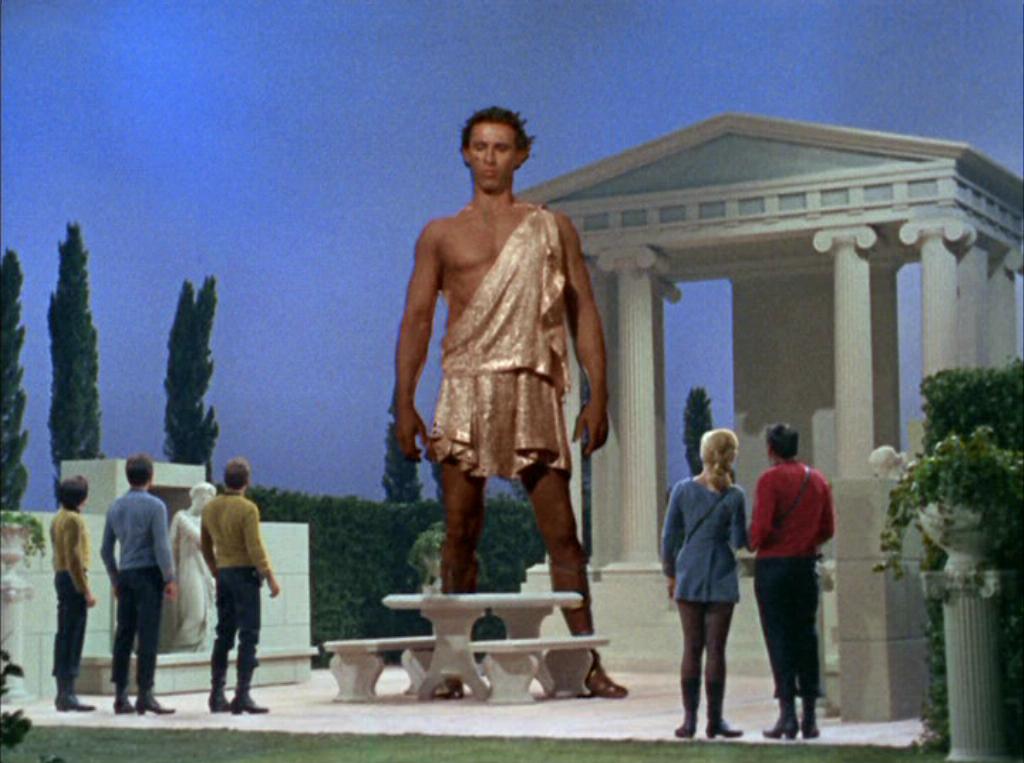The above illustration by Enrique Alcatena, Argentine comic book artist extraordinaire, inspired me to create a group of deities.
Werdagda, Dying-and-Rising, Green God of Growing Things.
- His rites are performed in sacred groves and in fields at planting and harvest
- Bees and other pollinators are considered his messengers
- Scarecrows are often made in his image
- Both wine and hallucinogenic mushrooms are used in his ceremonies
Ulumé, Lord of the Cycles of the Heavens and Fate.
- He has a dedicated priesthood of astrologer-priests who inform the community of the most auspicious time for various actives.
- Groups of ascetic sages contemplate his mysteries and are often considered mad and touched by divinity.
- There are few rituals dedicated to him directly, but he is invoked in the beginning of most rituals to other gods and always the first and last god praised of a year.
Onorgul, Judge of the Dead
- He is depicted with the head of an onager, a beast associated with the desert wastes, and the barren, gray plains of the afterlife. By tradition, the dead are carried to their resting place on the back of a kunga.
- A braying of a donkey at night is considered an ill-omen because of its association with the god
- In the courts of the Underworld, he weighs the souls of the dead and adds those of sinners to the folds of his Hell Robe.
Tlasheeng, Lady of Beauty, Vanity, Glory and Vainglory
- Called Pavonina, for her garments of peacock feathers; peafowl are holy to her.
- Green eyes are taken as a sign of her favor.
- She is called upon by those who wish the other gods to see their deeds.
- Her festival in Midsummer called for the wearing of colorful, extravagant costumes, making extravagant boasts, and the attendance of masked revels.
Hernarl, Horned Lord of Beasts
- Guide of the hunter, but also a god to be propitiated when a kill is made.
- Acknowledged at trail-side shrines center around phallic pillars or stones
- Gives blessings in the forms of large herds, plentiful game, and healthy children
- The tolling of his bell pronounces a person's doom.
- As The Howler he is worshipped by a mystery cult in wild dances and acts of ecstatic frenzy.



















